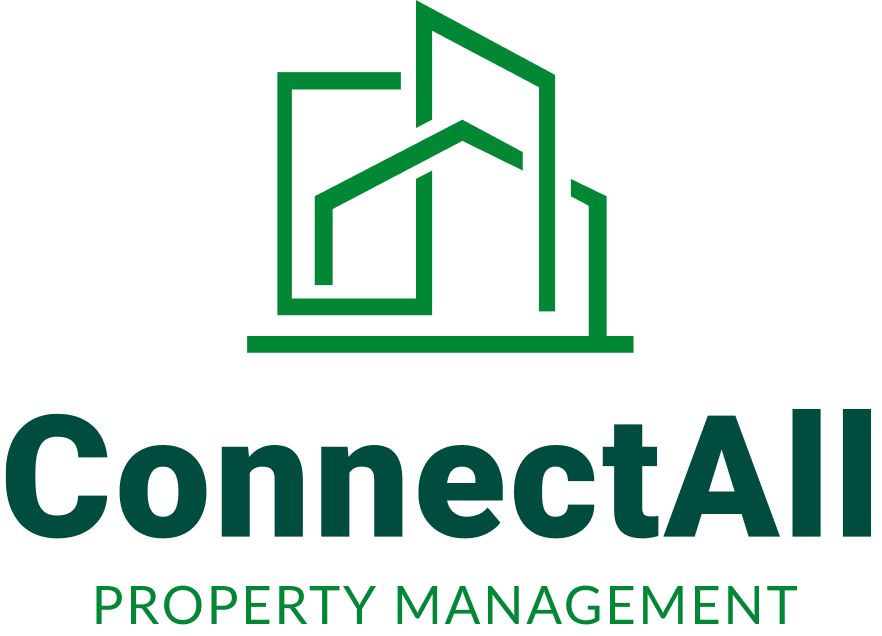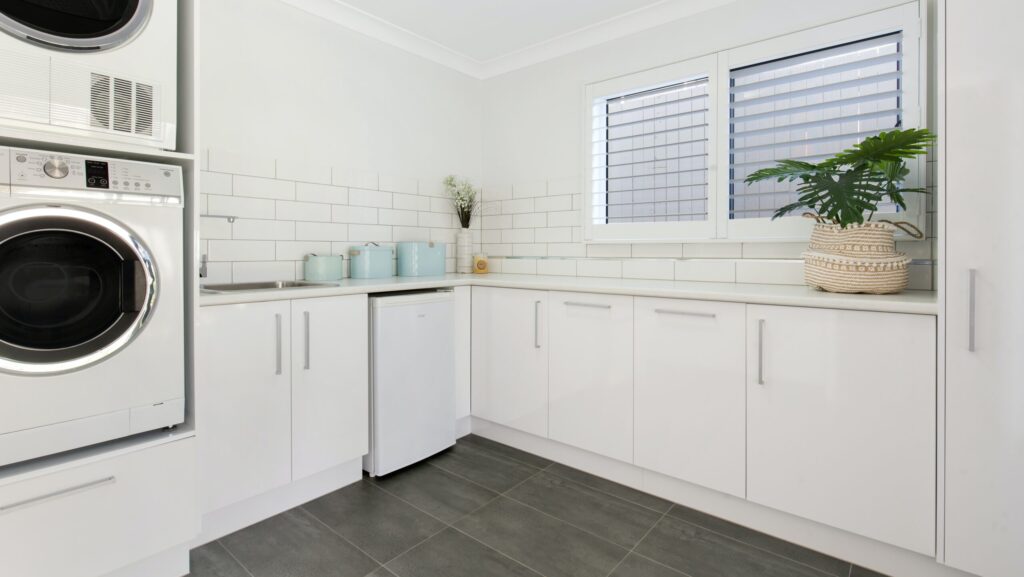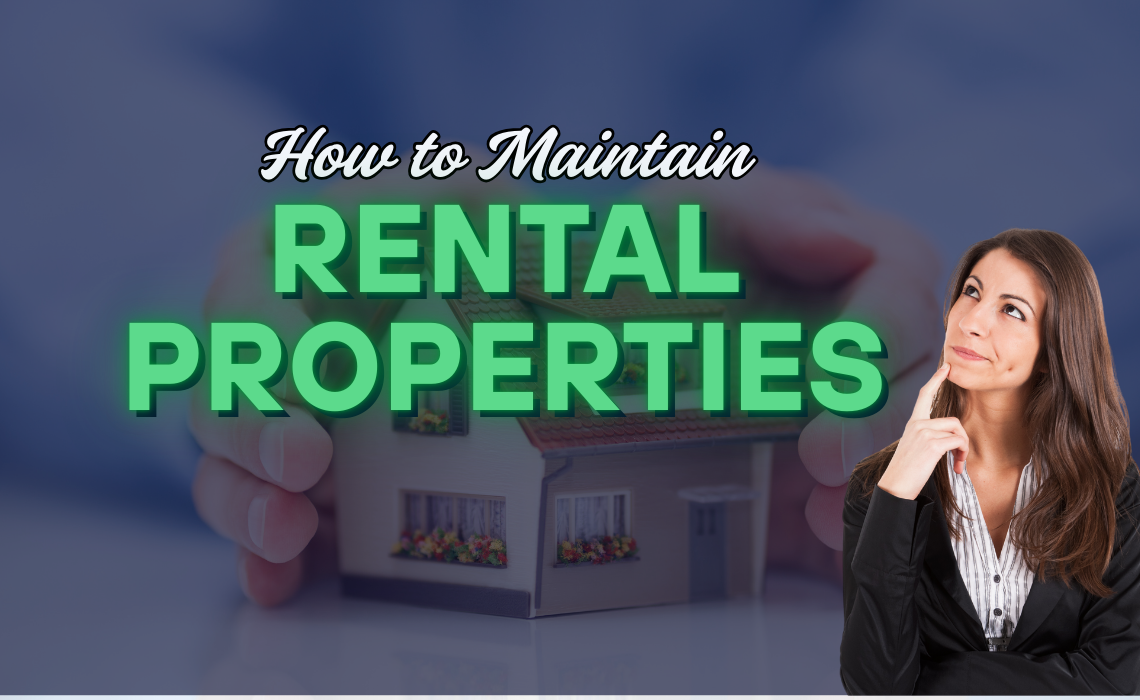Maintaining rental properties in Boston is essential for preserving property value, ensuring tenant satisfaction, and minimizing costly repairs. By implementing a proactive approach, landlords can avoid major issues and maintain a well-functioning property. This guide covers key maintenance strategies, including preventative schedules, DIY vs. professional repairs, and seasonal checklists.
How to Set Up Preventative Maintenance Schedules
1. Conduct Regular Inspections
Schedule inspections every 3 to 6 months to catch minor issues early.
Check plumbing, electrical systems, HVAC units, and appliances.
Ensure compliance with Boston building codes and safety regulations (source: www.boston.gov).
Document inspections using structured templates (Learn how to conduct move-in/move-out inspections).
2. Plan Routine Maintenance Tasks
Monthly: Test smoke and carbon monoxide detectors, check for leaks.
Quarterly: Inspect HVAC filters, clear debris from gutters.
Annually: Service heating systems, inspect roofing, check insulation before winter.
For more tips on managing routine maintenance, see our post on affordable property maintenance services.
3. Keep a Maintenance Log
Keep records of all repairs and services performed.
Track warranties, contractor details, and upcoming service dates.
Use digital solutions to streamline maintenance records (Property maintenance insights).
DIY vs. Professional Repairs: When to Hire Experts

When DIY is a Good Option
Minor plumbing issues: Fixing leaky faucets, unclogging drains.
Basic electrical work: Replacing light fixtures and outlets.
Wall repairs: Patching drywall and repainting.
Landscaping upkeep: Lawn mowing, trimming bushes.
If you’re managing your rental remotely, here’s how to manage and rent your property while living abroad.
When to Hire a Professional
Structural repairs: Foundation issues, major roofing problems.
Electrical hazards: Wiring, circuit breaker issues, power failures.
Plumbing emergencies: Burst pipes, sewer backups, water heater repairs.
Pest infestations: Termites, rodents, bed bugs.
Hiring licensed professionals ensures compliance with Massachusetts rental laws (source: www.mass.gov) and helps avoid liability. For local help, explore our trusted property maintenance services.
Seasonal Maintenance Checklist for Boston Properties
Spring
Inspect roofing for winter damage.
Clean gutters and downspouts.
Test air conditioning systems before summer.
Summer
Check irrigation systems and landscaping.
Inspect and clean outdoor areas (patios, decks, fences).
Address pest control issues early.
Fall
Service heating systems and chimneys.
Seal windows and doors to prevent heat loss.
Trim tree branches before winter storms.
Winter
Insulate pipes to prevent freezing.
Maintain snow removal plans for walkways and driveways (Learn more).
Test emergency generators and heating systems.
You can also refer to our detailed property management guide to streamline year-round maintenance operations.
Conclusion
Regular maintenance ensures rental properties remain in top condition, keeping tenants satisfied and reducing long-term repair costs. Implementing a structured maintenance plan, knowing when to DIY versus hiring professionals, and following seasonal checklists will help Boston landlords manage their properties efficiently.
If you’re looking for reliable, affordable, and professional help, ConnectAll Property Management offers end-to-end property maintenance solutions.
Explore related articles for further reading:









